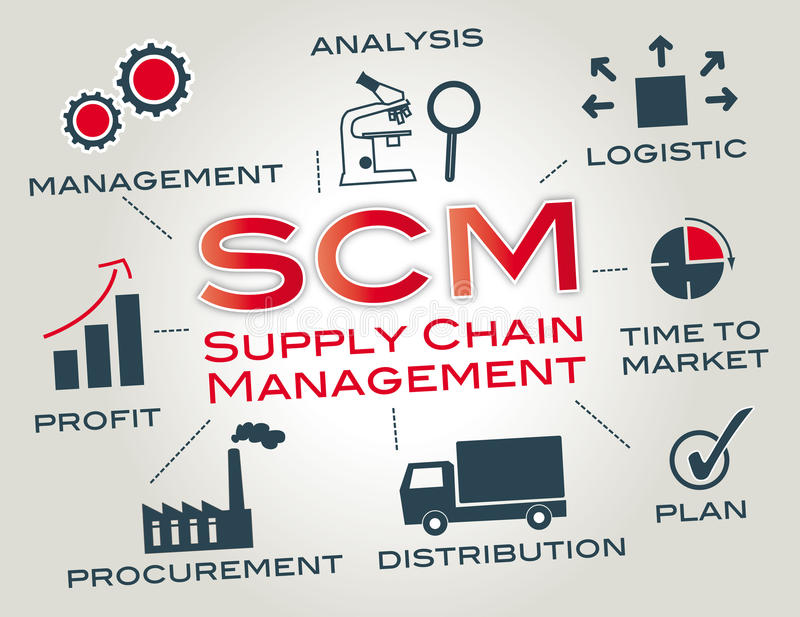Since the beginning of the COVID-19 pandemic, many businesses have managed to stay afloat by diversifying their supply chains, ensuring that they can keep up with both growing consumer demand and changing circumstances beyond their control.
The nature of the supply chain is highly fragile. When one link falls, the rest of the chain collapses. If there’s a manufacturing issue, for example, retail operations are left without product. That’s why consistency and reliability are of the utmost importance in the supply chain.
One way that companies can reduce their exposure to supply chain issues is through diversification. By having several sources for each part of the chain, operations can fall back on a different supplier should one of them fail. As a result, the overall operation is only minimally affected by upstream events.
A properly diversified supply chain should have carefully selected and vetted raw material and service providers to fulfill its needs. When determining which suppliers to use, a business must consider factors such as price; location; quality; and environmental, social and governance compliance. Doing so will ensure that the product is as reliable and consistent in quality as possible, with minimal effect on the consumer or end-user.
It’s crucial, however, that companies don’t over-diversify their supply chains. The more suppliers a chain has, the more likely issues are to arise. This is particularly true when sourcing raw materials from different providers, who can vary widely in quality. The result can be significant variation in the final product.
While dealing with multiple suppliers might seem like a way to foster competition and get better prices, buying in bulk from a single supplier can often lead to the best deal. Over-diversification complicates the process, making it more challenging for business leaders to manage.
The environmental impact of over-diversification cannot be underestimated. Transporting materials on the ground, over oceans or by air releases harmful amounts of chemicals, including greenhouse gas emissions, into nearby ecosystems. Sourcing from fewer suppliers, on the other hand, generally decreases the amount of transportation that’s needed.
When a business is trying to grow, it’s crucial to have a consistent, reliable supply chain. A business is at its most vulnerable in its infancy, before it has won over customers and can’t afford any inconsistencies in the rate or quality of its output. Still, an over-diversified supply chain can spell doom just as quickly for a growing business. In addition to the difficulties of managing a supply chain with so many moving parts, if the company doesn’t manage its expenses properly, it can face significant financial difficulties. New companies must find the right balance between diversifying and streamlining their supply chain to ensure efficient operations.
A diversified supply chain is important for any business, especially those in the early stages of growth. Diversification ensures that a business won’t remain vulnerable to the shortages and obstacles that have plagued every industry in recent years. Nevertheless, companies that end up over-diversifying their supply chain will end up struggling just as much — if not more so — than those that don’t have a fallback. Success equates to finding the correct number and quality of suppliers to support the business’s needs, and prepare for any circumstances that may arise.





Leave a Reply